Recession Prevention Handbook: Eleven Case Studies 1948-2007
$26.43
| Author(s) | |
|---|---|
| Format |
|
| Pages |
409 |
| Publication Year |
2010 |
Recession Prevention Handbook analyzes the performance of the economy and the economic policy actions of the Federal Reserve, the president, and the Congress in the twelve months preceding each of the eleven recession the United States has endured since the end of World War II. Incoroporating extensive real-time data, the book offers policy recommendations for preventing future recessions or at least limiting their impact.
Author’s Note:
Next to war and natural disasters, an economic recession and its more severe form-—economic depression-—wreaks the most widespread havoc on people, communities, and nations. It is in America’s interest to do much better in lessening the severity of recessions, and better yet, in avoiding them. I hope this book helps move toward these aims by focusing on what precipitated the eleven recessions since World War II ended in 1945, as opposed to how we got out of them. The recessions covered here that the American people have endured occurred in 1948–49, 1953–54, 1957–58, 1960–61, 1969–70, 1973–75, 1980, 1981–82, 1990–91, 2001, and 2007–9.
This book highlights the performance of the economy and the actions taken by the economic policy makers—the Federal Reserve, the president, and Congress—during the expansion period before the onset of each recession. The book opens with a discussion of the overall characteristics of recessions in Chapter 1, which includes a snapshot of the declines in various economic indicators during each of the eleven recessions, before proceeding to individual case studies analyzing each recession.
Each case study begins with the main economic events during the multi-year expansion period preceding the onset of the recession, and then focuses on the performance of the economy during the last twelve to twenty-four months of the expansion preceding the onset of the recession. I emphasize the nature of each expansion as it evolved, and then concentrate on those areas of the economy that were slowing down, or declining, in the last phase of the expansion.
The book points to persistent failures over the last sixty-two years of the Federal Reserve and the president to forecast, or to acknowledge the possibility of a future recession; to deal appropriately with actual inflation or a perceived potential future inflation, and to Congress’s weak oversight of the Federal Reserve. Repeatedly, these three macroeconomic policymakers have failed to take timely, anticipatory or remedial economic actions. Accordingly, I recommend that the Federal Reserve and the president be far more willing to acknowledge publicly when economic indicators suggest the possibility of a coming recession, and that Congress begin to exercise effective oversight of the Federal Reserve.
Contents:
- Characteristics of Recessions
- The Recession of 1948–49
- The Recession of 1953–54
- The Recession of 1957–58
- The Recession of 1960–61
- The Recession of 1969–70
- The Recession of 1973–75
- The Recession of 1980
- The Recession of 1981–82
- The Recession of 1990–91
- The Recession of 2001
- The Recession of 2007–9
- Findings and Recommendations
Recession Prevention Handbook: Eleven Case Studies 1948-2007 By Norman Frumkin pdf
Only logged in customers who have purchased this product may leave a review.

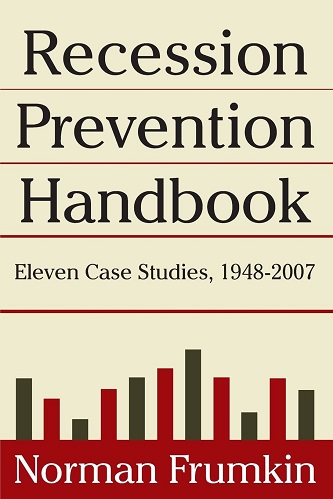
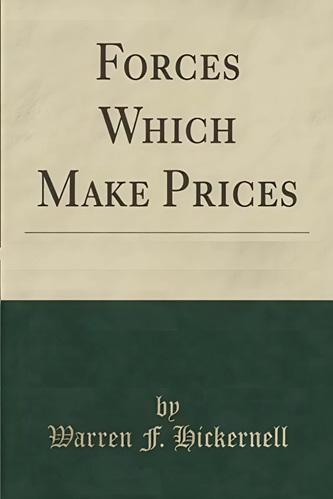

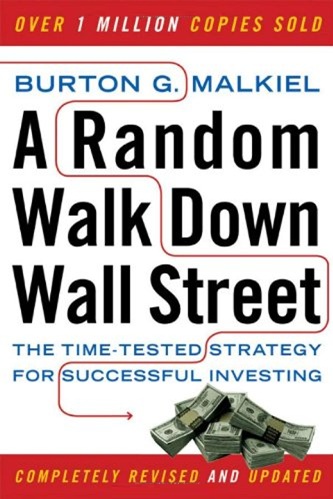
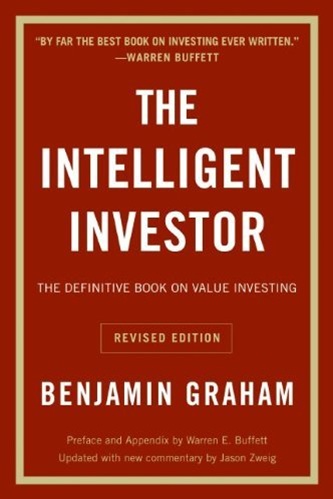
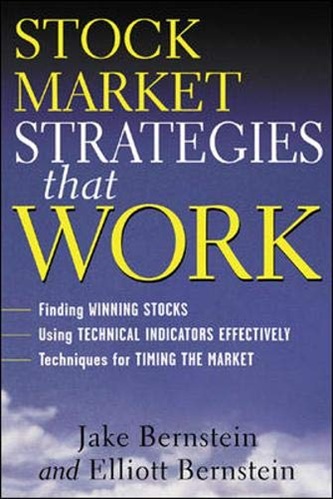
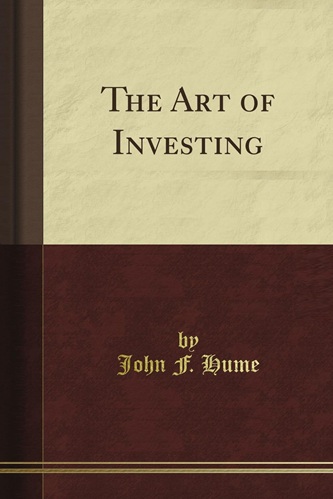
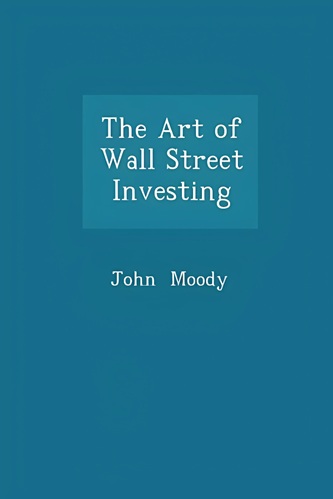
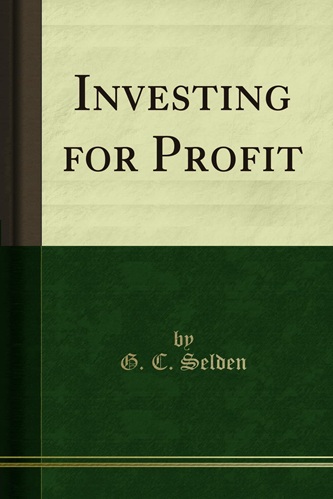
Reviews
Clear filtersThere are no reviews yet.